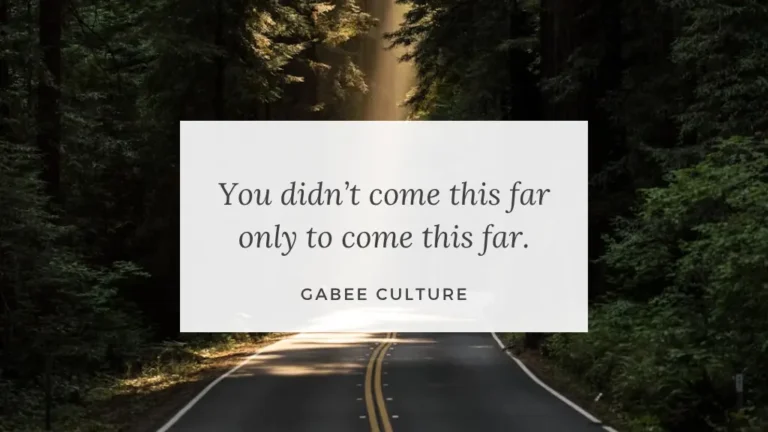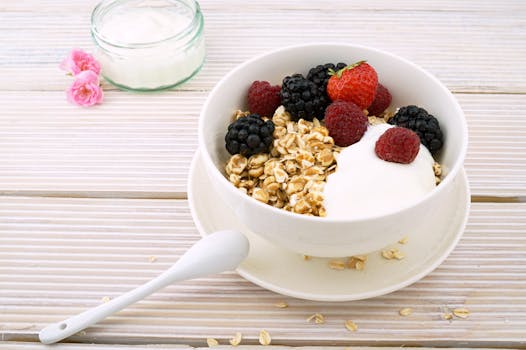Unstuck 3: Why Forced Discipline Backfire
When Discipline Feels Like a Cage: The Monkey King’s Secret to Rituals That Free You Tired of fighting yourself to ‘be disciplined’? The truth is, the unconscious patterns that trap us long before external forces appear. Part 3 reveals how to turn rituals from cages into compasses The Parable: The Monkey King – Trapped by Unseen Chains Sun Wukong (孫悟空), the legendary Monkey King, wasn’t always oppressed by heaven’s rules. First, he was imprisoned by his own chaos. Wu Kong confuses rage and consumption with liberation, transformation and transcendence of limitation. Destroying, Stealing and Swallowing pills are easy; true transformation requires confronting his own demons. Result: The pills temporarily inflate his power, but amplify his recklessness → leading to greater punishment (the headband). His “bad behaviors” (anger, impulsivity, narcissism) felt like strength or super power. But they chained him to cycles of rebellion → consequence → rage. He couldn’t break free, not because he lacked power—but because he refused to see the imvisible cage. That’s when Buddha forced the golden headband onto his skull. Each “disobedience” triggered agony. The headband didn’t teach discipline—it replaced inner chaos with outer torture and punishment. Unstuck is a GabeeCulture Wellness series that motivates readers to break the chains of Why This Mirrors Your Struggle? The Modern Parallel of the “Headband” Trap Your Unconscious Rituals or Internet-infused Obsession over toxic “Productivity” and False Metrics of Success might actually lead to more destructive and harmful pattern of behaviors. Sun Wukong’s Habit/reflex Your Version The Cycle Raging blindly / Behaving erradicly – I’ll do/get whatever I want, whenever I want it. I don’ care about the consequences or hurting anybody. No body can stop me or “disobey” me. – Kicking, screaming or even threatening till I get exactly what I want.– Lashing out at loved ones (or anyone) when overwhelmed or when desires not met. Desires/Needs → irrational behaviors → rage → isolation → more rage Consuming emptiness – Scrolling for hours to numb anxiety instead of making the effort to talk to my partner or contact my friends for a nice conversation over dinner.– Investing time / money on endless “trending” online certification courses instead of taking the time to really build on new/existing skills you can stick with to build a meaningful and thriving career. Anxiety, emptiness or Lack of Self-awareness → Shame → exhaustion → more scrolling/wasting time and energy Grandiose denial – “I know the deadline is coming up, I’ll start tomorrow!” (while drowning and clueless on how to tackle the problem)– I’ve completed 90 days of Elon Musk’s daily routine! (and yet I am exhausted and hated every minute of it)– “It’s not my responsibility that the sales dropped 20% this quarter, this company only hires lazy and incompetent people. I am the only experienced person who knows what I’m doing” False hope, Vanity or lack of self-awareness → collapse → self-distrust The tragedy? Like Wukong, you might blame “the gods” (your job, your past, your brain, your parents, your co-workers)—notice how your own reflexes tighten the band and limit yourself from moving forward and growing. True rituals aren’t about consuming more “self-improvement” pills to chock your system.They’re about taming, slowly and gently, your chaos into creative acts, identifying (without being self-critical) or rediscovering your passions and strengths, (re)building new muscle memories and skills—one breath, one scribble, one choice at a time. Transition to Liberation Your rituals shouldn’t strangle—they should be your tools, your most intimate partners, your coach to lead you back to your authentic self, your path. Rituals forced by shame or external pressure don’t tame chaos—they breed rage, recentment or resignation. Here’s the secret the Wukong (and you) fail to recognize:The headband only loosens when you stop fighting yourself—and start listening and showing compassion to your weary heart. Why Your “Golden Band” Is Choking Your Spirit (Neuroscience of Oppressive Discipline) Ritual Framework: From Headband to Harmony (Three Rituals to Reclaim Your Rhythm) 🔥 Ritual 1: The Band-Loosening Breath 🌿 Ritual 2: The Wildness Inventory 🧵 Ritual 3: The Golden Thread Practice When Rituals Fracture: The Monkey King’s Mercy Protocol (For days you “fail”) Your New Liturgy: Rituals That Feel Like Wings Old Cage (Headband) New Freedom (Your Rhythm) “I must journal daily for 20 minutes” “It’s okay to journal only 5 minutes or extent it to a writing session when I feel inspired!” “Run 5K or fail!” “Skip when the wind beckons.” “Read 50 pages daily!” “Savor one sentence or a paragraph over a cup of coffee .” Next: Part 4 – The Temple in the Ruins: Finding Purpose When Progress Collapses When your rituals shatter? Part 4 teaches how to rebuild from debris—without self-betrayal or falling into abyss.” → [Link] More on Wellness
Unstuck 3: Why Forced Discipline Backfire Read Post »












